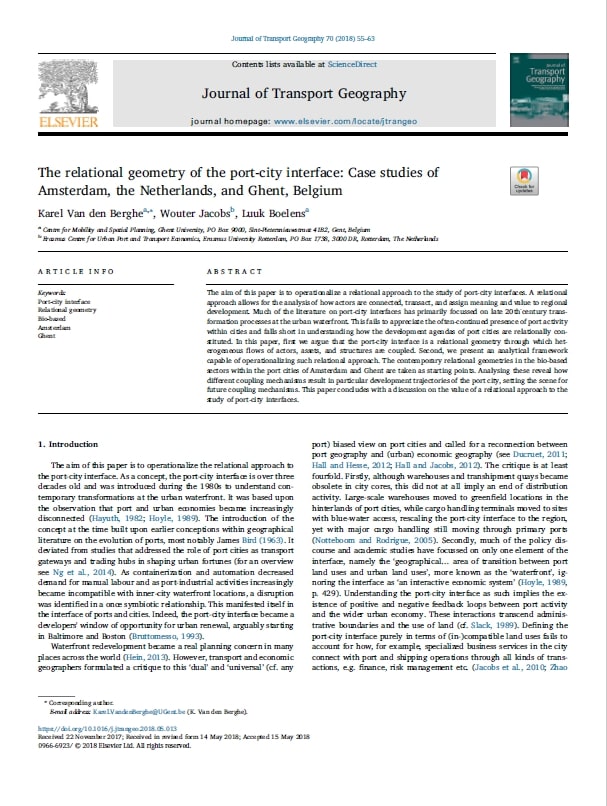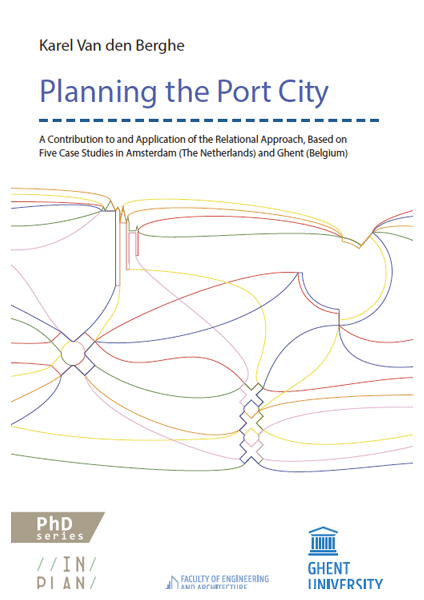Abstract
The aim of this paper is to operationalize a relational approach to the study of port-city interfaces. A relational approach allows for the analysis of how actors are connected, transact, and assign meaning and value to regional development. Much of the literature on port-city interfaces has primarily focussed on late 20th-century transformation processes at the urban waterfront. This fails to appreciate the often-continued presence of port activity within cities and falls short in understanding how the development agendas of port cities are relationally constituted.
In this paper, first we argue that the port-city interface is a relational geometry through which heterogeneous flows of actors, assets, and structures are coupled. Second, we present an analytical framework capable of operationalizing such relational approach. The contemporary relational geometries in the bio-based sectors within the port cities of Amsterdam and Ghent are taken as starting points. Analysing these reveal how different coupling mechanisms result in particular development trajectories of the port city, setting the scene for future coupling mechanisms. This paper concludes with a discussion on the value of a relational approach to the study of port-city interfaces.


